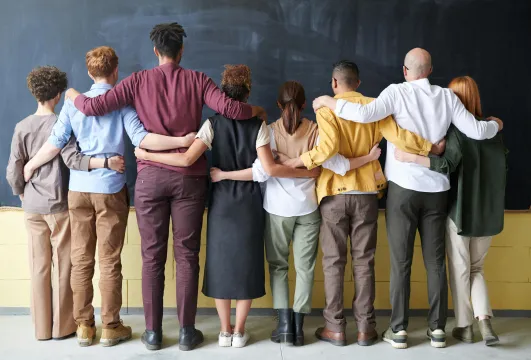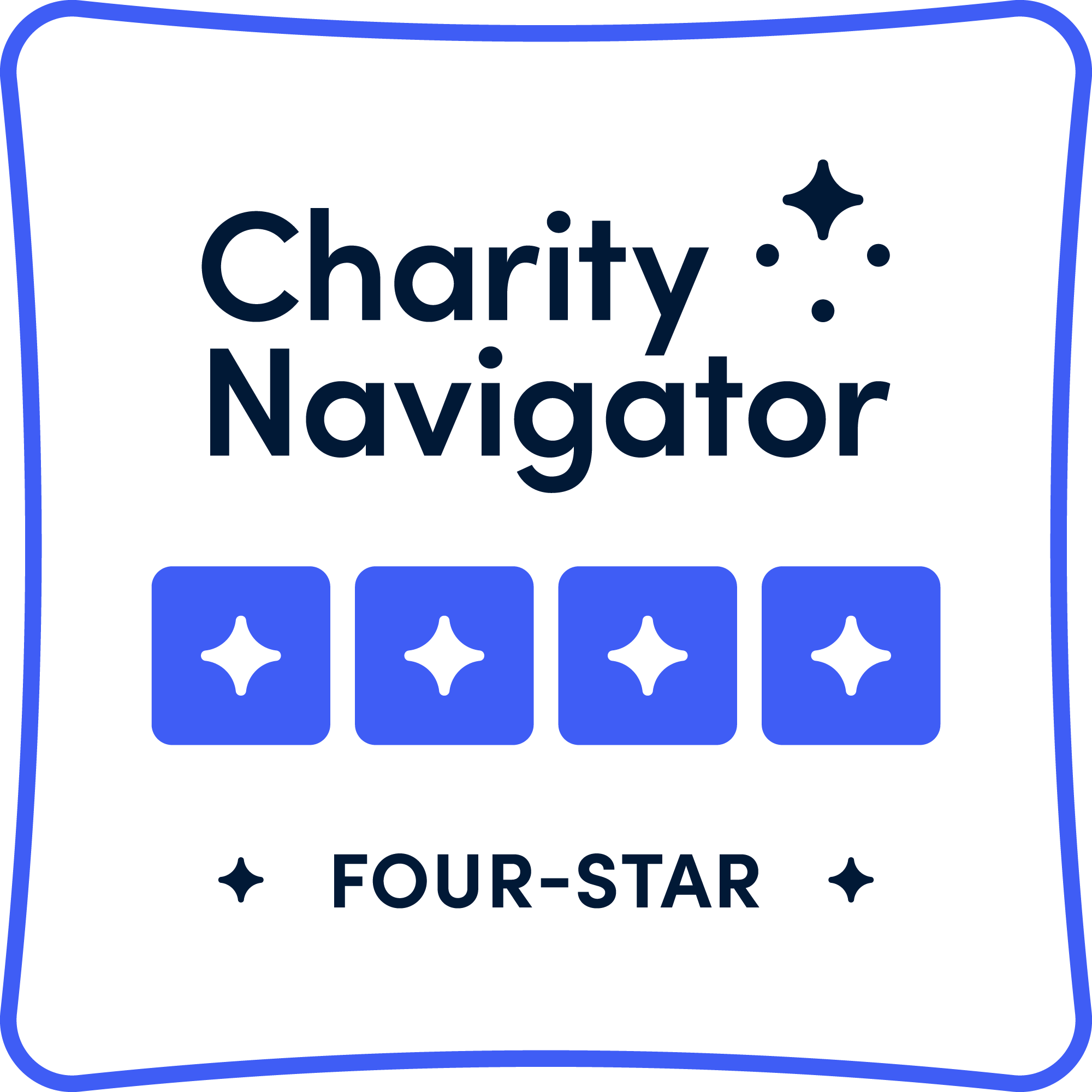Active banners: 1 Visible banners: 1
Banner ID: 4 Has content: true
Let's create continuous conversations about climate change education: Spreading the Sediment of Science!
Grade 1 Sustainable Development Goals Unit
Provided by: Global Schools Program
Lesson Plans
1
Synopsis
- In this 5-lesson unit from the Global Schools Program, students will learn their role in the community in relation to other community members and that everyone in the community has a right to be treated fairly.
- Students will create self-portraits, perform skits to demonstrate routines in the community, discuss the feelings associated with being treated unfairly, read a book to understand equality, and create a declaration of human rights for their classroom and community.

Subjects: Social Studies, Visual and Performing Arts
Authors: Global Schools Program
Region: Global
Languages: English
Teaching Materials
Positives
- This unit does a great job of connecting to students' personal experiences to help them understand new information and concepts.
- Students will love the many opportunities for creativity in this lesson, such as self-portrait construction and performing skits.
Prerequisites
- For Lesson 1, teachers will need a list of activities for students to give their opinions about. These can include swimming, making snow angels, reading books, watching movies, coloring, singing, and others. Teachers may also want to have small mirrors on hand for the portrait activity.
- Teachers will need an account with Learning for Justice to access the First Grade Self-Portraits linked in Lesson 1. Additionally, the link for Neighborhood and Communities Around the World in Lesson 2 is broken.
- For Lesson 4, teachers will need to have The Fairest Teacher of Them All by Jason Buckley. There is a link next to this title in the resource, but it will not take teachers to the book. Also, teachers may encounter a privacy error when opening the Teacher Guide linked below this lesson.
- For Lesson 5, the link to the simplified version of the Universal Declaration of Human Rights will take users to a different page. This resource can be found here.
Differentiation & Implementation
- Students can share their self-portraits from Lesson 1 in a gallery walk. Students can walk around and take notes about the things they notice about others' portraits.
- Some students may not be comfortable with or may be unable to perform the public speaking required in the skit activity in Lesson 2. Teachers may want to offer an alternative, such as filming the skit or performing it for just the teacher.
- Some students may be unfamiliar with the math concept of inequalities. For these students, teachers may want to skip the step in Lesson 3 that uses this concept to introduce inequalities and injustices. However, if students are ready for this concept in their math journey, there is a resource linked below Lesson 3 to introduce students to inequalities in math.
- In Lesson 5, students may need help writing words for their articles. Teachers can have students primarily draw pictures and choose from a word bank and sentence stems or dictate to the teacher.
Scientist Notes
Teaching Tips
Standards
Resource Type and Format
All resources can be used for your educational purposes with proper attribution to the content provider.
Teaching Materials
Educator Support
My Account



